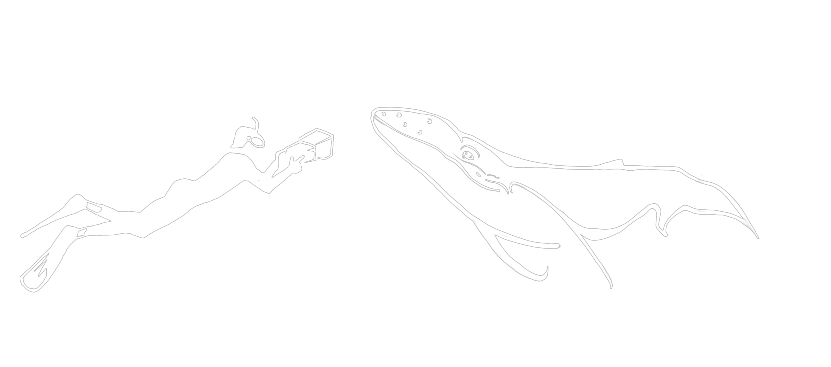Fluke IDs
The under (ventral) side of the humpbacks’ tails (flukes) have distinct black and white pigmentation patterns which are as unique as a human fingerprint. These ‘fluke IDs’ can be used to identify individual humpbacks.
When I started observing the humpbacks in 2006, the total number of humpbacks identified in Bermuda waters by visiting scientists over the previous 40 years numbered 140 individuals. I obtain double that number of IDs in a single season. Over the past 18 years we have identified almost 2,500 individual whales, which is one of the biggest catalogues held anywhere but is unique for being the only ID catalogue obtained in the middle of the ocean in the middle of the humpbacks’ pelagic migration between breeding and feeding grounds. A large proportion of those 2,377 whales are ID’ed in multiple years. including ‘Candle’ photographed here in 11 of the last 18 years.
For example, our #0002 above, aka Candle, was first ID’ed in Labrador in 1976 and here in Bermuda in:
2007 04 23
2010 04 13
2011 04 17
2012 01 23 on the way south and the same year on the return north 2012 04 28
2013 04 21
2014 05 08
2017 04 21
2018 04 15
2020 04 11
2023 04 21
2024 04 17
Some screenshots of the pages and pages of meticulously curated fluke IDs obtained over the years, the culmination of over 5,000 hours I have spent on the open ocean in a small 21-foot boat looking for humpback whales. The fluke IDs are entered into Excel spreadsheets to enable us to more easily see patterns in the behaviors of the whales. For example, do they maintain fidelity to a fixed timetable? If they do, are the same whales meeting up? Why? Are the late arriving whales from the Eastern Caribbean going to the Eastern Atlantic?
Our boat, named Magical Whale, seems to attract the humpbacks.








